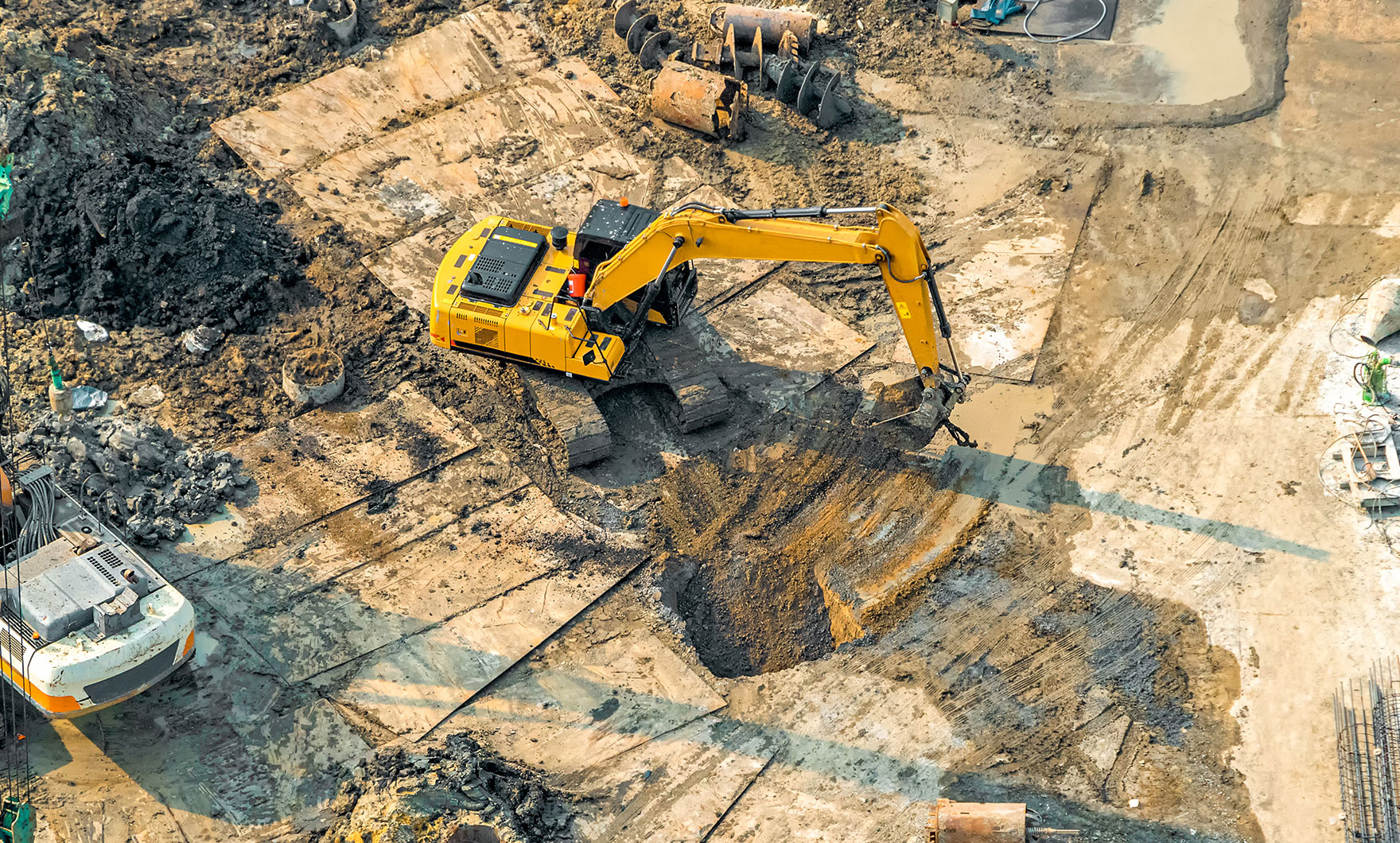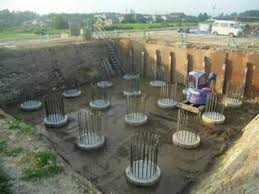Finding the most effective Geotechnical Companies in South Africa: Secret Considerations
Wiki Article
A Detailed Summary of Geotechnical Engineering Techniques and Their Influence On Modern Civil Engineering Projects
Geotechnical engineering serves as the foundation of contemporary civil engineering, offering important techniques that deal with the complexities of subsurface problems. The interaction of soil evaluation, foundation design, and innovative technologies shapes the integrity and sustainability of framework jobs.Significance of Geotechnical Design
Geotechnical design offers as a critical foundation for civil engineering projects, affecting the security and stability of structures. This discipline concentrates on the behavior of dirt and rock materials, supplying essential understandings that lead the layout and construction procedures. By comprehending the interaction in between the earth and crafted structures, geotechnical designers can evaluate risks related to ground conditions, such as settlement, incline security, and liquefaction.The importance of geotechnical design extends past simple structural honesty; it plays an essential role in environmental management and sustainability. Properly carried out geotechnical assessments make sure that jobs lessen their ecological impact and follow regulative requirements (geotechnical specialist). Moreover, geotechnical engineering is instrumental in site selection, making it possible for designers to recognize ideal locations for construction that alleviate potential risks.
Furthermore, geotechnical engineering promotes development in civil engineering by progressing techniques for ground enhancement, foundation design, and excavation. The discipline's payments are important in dealing with obstacles positioned by differing soil conditions, hence assisting in risk-free and reliable facilities advancement. In general, the relevance of geotechnical engineering is extremely important in making sure that civil engineering tasks are not just possible but additionally durable versus manufactured and natural difficulties.
Secret Techniques in Geotechnical Engineering

Another essential technique is dirt stablizing, which includes modifying soil properties to boost load-bearing ability or minimize settlement. Methods such as including concrete, lime, or utilizing geosynthetics are frequently used to achieve dirt renovation.
Ground enhancement techniques, consisting of dynamic compaction and vibro-replacement, are also important. These techniques aim to compress soft or loose dirts, boosting their stamina and minimizing liquefaction capacity in seismic areas.
Keeping structures, such as sheet piles and dirt nailing, are utilized to support excavations and avoid soil movement. Furthermore, slope stabilization methods, consisting of water drainage systems and retaining walls, are necessary for minimizing landslide dangers.

Soil Evaluation and Examining Approaches
Reliable soil analysis and testing approaches are critical for recognizing the chemical and physical buildings of soil, which directly affect engineering decisions. An extensive assessment of dirt attributes is vital for anticipating behavior under various loading conditions and ecological impacts.Common dirt screening techniques consist of both field and research laboratory techniques. Field tests, such as the Criterion Penetration Examination (SPT) and Cone Penetration Test (CPT), provide instant understandings into dirt toughness, density, and stratification. These tests help engineers evaluate website problems effectively prior to more considerable lab evaluations.
Laboratory testing techniques, such as Atterberg limits, grain dimension circulation, and compaction tests, are essential for identifying soil plasticity, dampness web content, and ideal compaction degrees. Progressed strategies like triaxial examinations and combined undrained (CU) examinations offer valuable data on shear strength and effective tension specifications.
Chemical testing, including pH, electrical conductivity, and organic material evaluation, is also vital for understanding potential soil contamination and its effect on construction products. Jointly, these soil analysis and testing methods form the structure of informed decision-making in geotechnical design, making certain the safety and security and stability of modern-day civil design tasks.
Structure Style Approaches
Foundation design methods are vital in guaranteeing the stability and longevity of frameworks. These strategies can be classified into deep and superficial structures, each fit to specific soil problems and loading situations. Superficial structures, such as spread footings and floor covering foundations, are commonly made use of when surface area soils have appropriate bearing ability. They disperse the tons over a bigger area, reducing negotiation threats.In contrast, deep structures, consisting of stacks and drilled shafts, are utilized when surface dirts are inadequate or weak for supporting the framework. These structures transfer tons to deeper, extra secure dirt or rock layers, making them essential for skyscrapers and bridges in difficult geotechnical conditions.
Selecting the suitable structure style entails extensive geotechnical examinations, consisting of soil make-up, bearing ability, and groundwater problems. Furthermore, engineers must think about elements such as negotiation, side lots, and possible seismic task to ensure the foundation's efficiency in time.
Ultimately, a well-executed structure layout is a crucial aspect of civil engineering, directly affecting the safety and security, toughness, and capability of structures. geotechnical companies in south africa. By straightening foundation kinds with site-specific problems, engineers can successfully alleviate dangers linked with structure failing
Technologies Forming Civil Engineering

Sustainable materials, such as high-performance concrete and recycled accumulations, are likewise gaining grip, advertising eco-friendly practices while maintaining architectural honesty. In addition, progressed geotechnical methods, such as ground improvement and deep blending techniques, are enhancing the stability of foundations in challenging dirt conditions.
Furthermore, the use of drones and remote sensing modern technology is boosting site evaluating and keeping an eye on, supplying real-time data that help in managing building and construction progression and security. The application of ingenious building approaches, such as modular and prefabricated building and construction, further quickens project timelines and lowers waste. Collectively, these advancements are not just changing civil design practices however also making sure that modern-day facilities fulfills the needs of a growing international population while resolving environmental concerns.
Verdict
In conclusion, geotechnical engineering strategies are essential to the success of modern civil engineering jobs. By using these strategies, engineers can reduce dangers and contribute to the advancement of resilient city settings, about geotechnical engineering inevitably fostering sustainable growth and safety in civil engineering techniques.Geotechnical engineering offers as the backbone of contemporary civil design, supplying essential methods that deal with the intricacies of subsurface problems.Geotechnical design serves as a crucial foundation for civil design tasks, influencing the safety and security and security of frameworks.In enhancement, geotechnical design promotes advancement in civil design by progressing methods for ground improvement, structure design, and excavation. Overall, the importance of geotechnical engineering is paramount in ensuring that civil design projects are not only practical yet also resilient versus natural and synthetic adversities.
In verdict, geotechnical engineering techniques are important to the success of contemporary civil design jobs.
Report this wiki page